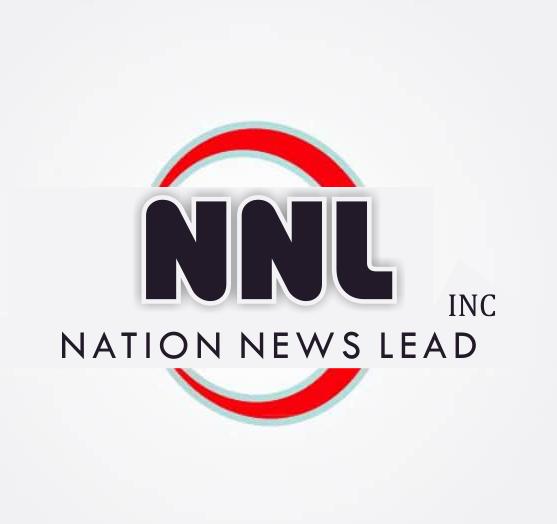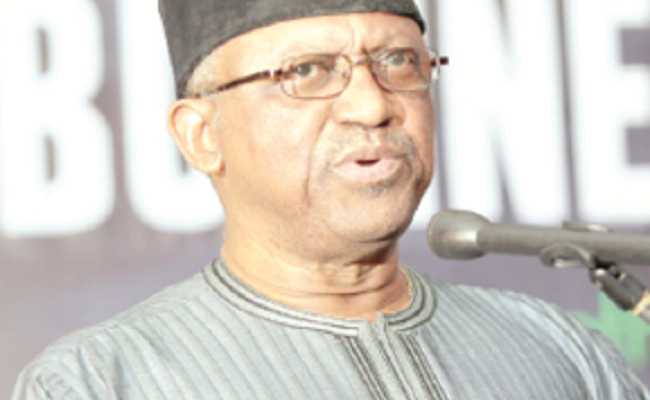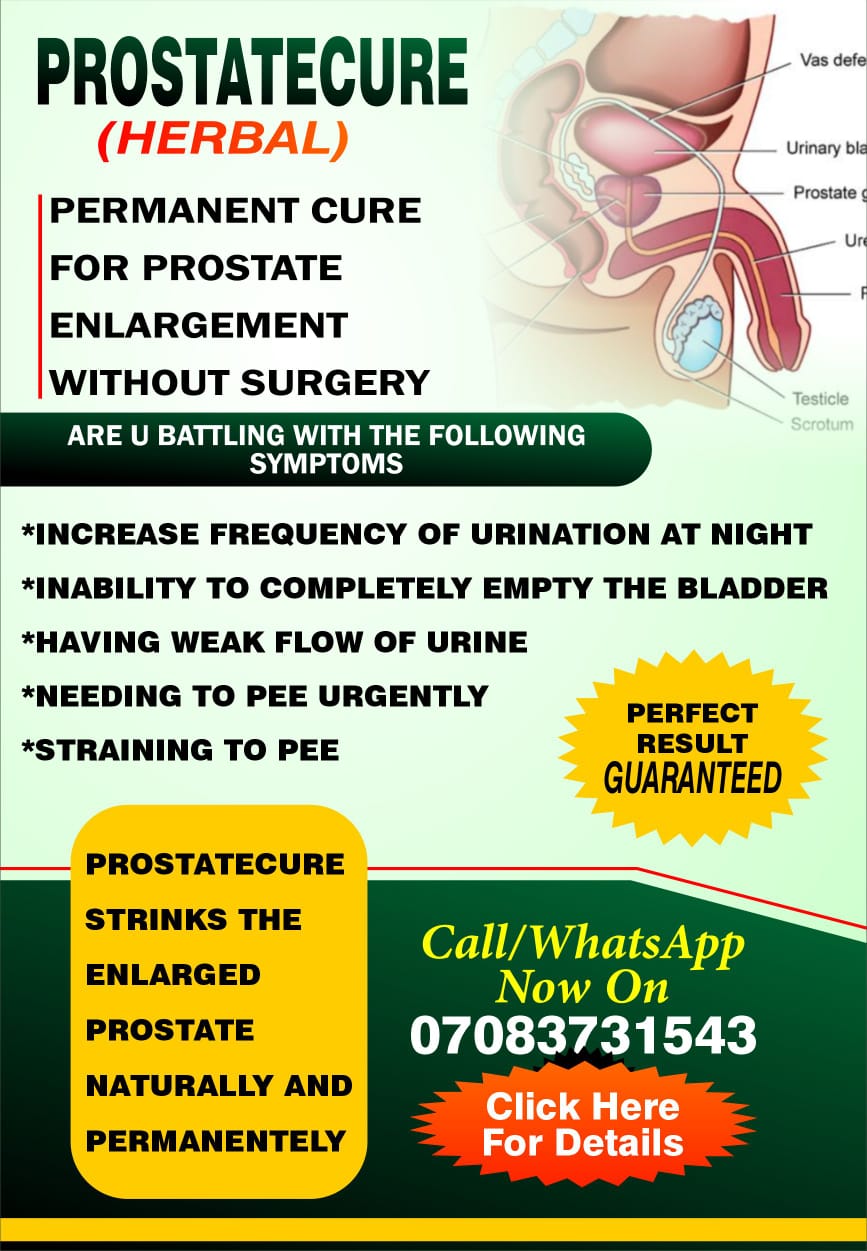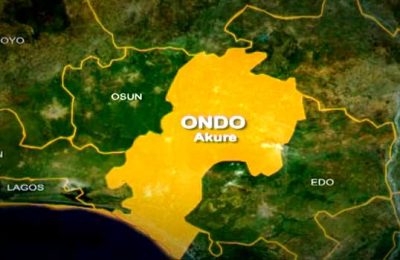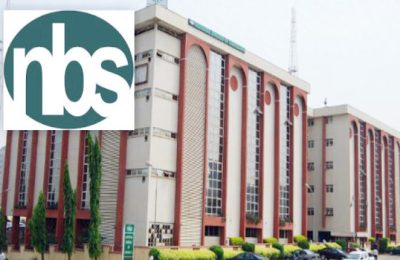

As Nigeria and other African countries struggle to allocate funds for epidemic preparedness, JUSTICE NWAFOR writes on the opportunity cost of unpreparedness in combating epidemics.
I N 2001, African heads of state met in Nigeria’s capital, Abuja, and pledged to allocate at least 15 percent of their respective annual budgets to health. It became what is now known as the Abuja Declaration.
The aim, among others, was to strengthen the health systems of the countries, make quality healthcare available and accessible to Africans while getting them ready to respond to not just epidemics but pandemics. But 21 years after, nothing has changed significantly, especially in Nigeria. While countries like Mauritius, Seychelles and Eritrea had met the target in 2011, and South Africa inched closer at 13.5 percent, Nigeria has consistently underperformed. In fact, the country has not only failed to meet the target but failed to allocate up to 10 percent of its annual budget to health. This has deep-cut impacts on health security and epidemic preparedness in a country of over 200 million people.

One of the agencies that is crucial to epidemic preparedness and response in Nigeria is the Nigeria Center for Disease Control (NCDC). For this report, budget allocations and releases to the agency from 2013 to 2018 were analysed.
Analysis of the agency’s capital budget from 2013 to 2018 obtained from the office of Nigeria’s accountant-general showed that the NCDC got its highest capital budgetary allocation among the years under review in 2018 (N1.635 billion) but not up to 40 percent of that amount (N654.241 million) was released.
2015 was the worst year both in terms of the total amount allocated and the amount released: N224 million and N112 million. In 2013, N841.541 million was budgeted, but N500.655 million was released. It went drastically lower the next year with a N355.846 million budget for the agency, but less than half of the amount was released (N145.789 million). N248.507 million was budgeted for it in 2016 but N155.074 million was released. The figures went encouragingly high in 2017 to N1.565 billion. The same year witnessed the highest releases among the years reviewed: N782.551 billion.

The Nigerian Tribune’s analysis showed that in six years (2013 to 2018), the Federal Government of Nigeria allocated N4.870 billion for capital development of its elite disease control agency. Of this amount, less than half was released (N2.350 billion). Sadly, more than half was not released (N2.520 billion). After the COVID 19 pandemic, the agency has received improved allocations, but still far below the required level.

Costly response
The level of preparedness would, no doubt, determine how successful any infectious disease outbreak response would be. And this has serious implications. The inadequate funding the NCDC endured prior to the COVID-19 outbreak, experts say, contributed to some of the early difficulties it faced. In a Nigerian Tribune report in 2021, the then director-general of NCDC, Dr Chikwe Ihekweazu, told the Nigerian Tribune that despite the successes the agency recorded, the impacts of the inadequate funding before the outbreak affected their response, saying that, “we could have been better prepared when COVID-19 came.”
Experts said some of the things that were hurriedly put in place could have been done if the government had prioritised healthcare funding. For instance, N31 billion (more than 13 times the N2.350 billion the government released to the NCDC from 2012 to 2018) was spent in the first four months of the COVID-19 outbreak response, according to the Federal Government. A significant portion of the funds was spent on materials and equipment, which were purchased at inflated prices because of the high demand at the time.
So, the country spent N31 billion to respond to the COVID-19 outbreak in the first four months of the outbreak while allocating only N4.870 billion and eventually releasing only N2.350 billion (from 2013 to 2018) for the capital development of its elite disease control agency.
Market reactions
One of the ways the government responds to the epidemic and pandemic outbreak is through the purchase of equipment that was lacking before the outbreak. This means purchases will be made. But Dr Austine Nweze, an economist at the Pan Atlantic University, Lagos, and Principal Consultant, Bellwether Consulting, told Nigerian Tribune that the time of an outbreak is not the best time to make purchases of needed equipment, economically. According to him, it does not make economic sense to purchase at rush hour because of the dynamics of demand and supply.
“Ordinarily, you will have to pay more to buy things that were originally cheaper because you are not the only one who needs them at that time. First, production may not increase so well because of the shortness of time, yet demand will keep going up because a lot of people need that product at that time. A good example is what happened during the COVID-19 pandemic,” he said. “You will spend in a hurry and eventually spend more to get less.”
Ogun State, in the southwest of Nigeria, is one of the most financially viable states in the country. Aside from Lagos and Kano, the state was one of the worst-hit states during the peak of the pandemic.
Dr Tomi Coker is the state’s commissioner for health. She told the Nigerian Tribune at the time that “our response was not as swift as it could be because we had to start procuring essential equipment like the mobile X-ray, dialysis machine and beds. We were procuring them at very expensive prices. If we had adequately funded the healthcare sector, we could have responded better; we were starting to buy as little as PPEs and beds.”
In July 2021, researchers at the University of Cambridge studied how the demand for medical equipment affected its prices during the first few months of the COVID-19 outbreak. They found that equipment prices were significantly higher during the pandemic compared to pre-pandemic prices.
“Disposable gown cost per unit (CPU) peaked at $12 during the first week of March, 13.7 times higher than pre-pandemic prices, and the average gown CPU was 7.5 times higher than pre-pandemic prices. N95 respirators had a peak CPU of $12, and the average CPU was eight times higher than pre-pandemic prices. Face-mask CPU peaked at $0.55, 11 times higher, and averaged nine times higher than the regular price. Gloves averaged 2.5 times higher than the pre-pandemic CPU,” the researchers found.
The researchers concluded that “Market prices for PPE were significantly elevated during the first weeks of the pandemic and remained high throughout the first wave of COVID-19. Multiple factors likely contributed to high prices, including demand shock, disrupted supply chains and a rush to acquisition by healthcare systems and the general population alike. The impact of COVID-19 on prices highlights the importance of supply chains and national stockpiles for pandemic preparedness.”
The researchers’ findings resonate with Dr Nweze’s opinion. According to him, it is cheaper to prepare and be ready to respond than to respond unprepared. “Equip the system to be able to respond to emergencies; if not, you will spend more money in response because there will be a spike in the cost of fixing the things you should have provided,” he said.
‘Poor funding of epidemic preparedness makes everyone vulnerable’
Dr Laz Ude Eze, is a public health physician, CEO of TalkHealth9ja, and founder of the MakeOurHospitalWork Campaign. For him, the cost of unprepared responses to epidemics goes beyond monetary terms.
“Poor funding of epidemic preparedness makes everyone vulnerable to a potential epidemic,” he said, noting that “disease prevention is cheaper.”
Epidemic preparedness cuts across many areas, including putting in place a robust surveillance system. Contact tracing, which involves identifying, listing and monitoring individuals who may have been exposed to an infected person, is a crucial method for controlling the transmission of infectious diseases and is a fundamental part of a surveillance system.
Other aspects of preparedness are health research and development, building partnerships, training and motivating workers. But the chief among them is funding. When these are not put in place, the costs are dire.
“When health experts are trained and equipped on surveillance, early detection and response to easily transmissible diseases, it makes prevention and control easier,” said Dr Ude Eze.
He further explained that “without preparation, highly infectious diseases spread quickly in the population, overstretch the health system, kill many people, including health workers and require humongous resources (human and financial) to control. The cost of the losses recorded is immeasurable.
Funding is central to all epidemic preparedness efforts because it cuts across nearly all areas of epidemic preparedness. The infrastructure and support systems that get the healthcare system ready for epidemic response need a lot of funding. The level of funding that comes into the healthcare system in general and epidemic preparedness in particular, both from domestic and foreign sources, is a far cry from what the system actually needs to be robust. Therefore, the need for increased funding.
Epidemic preparedness lessons from Uganda
Uganda prepared for a potential Ebola outbreak when neighbouring Democratic Republic of Congo reported a new outbreak in 2018 due to their shared border and high mobility between the two countries. Uganda’s Ministry of Health activated the Public Health Emergency Operations Centre and used health security investments to reduce detection and response time.
The health authorities mapped routes and points of interest for Congolese in Uganda to inform preparedness efforts. A border health team was deployed to assess cross-border movement and preparedness interventions based on community engagement activities. The authorities mapped population movement along shared borders with the DRC and Rwanda to inform preparedness interventions, such as vaccinations for healthcare workers and strengthened infection prevention and control measures. The country took so many preemptive steps and invested up to $18 million in its preparedness. So, when Ebola eventually spread to the country, its response was fast and robust.
In contrast, the DRC employed a poorly coordinated response because it did not invest enough in epidemic preparedness. The country ended up spending over $1 billion, yet so many lives were lost and the country was devastated.
This underscores the enormous benefits of investing well in epidemic preparedness and getting Nigeria ready for future epidemic and pandemic.
